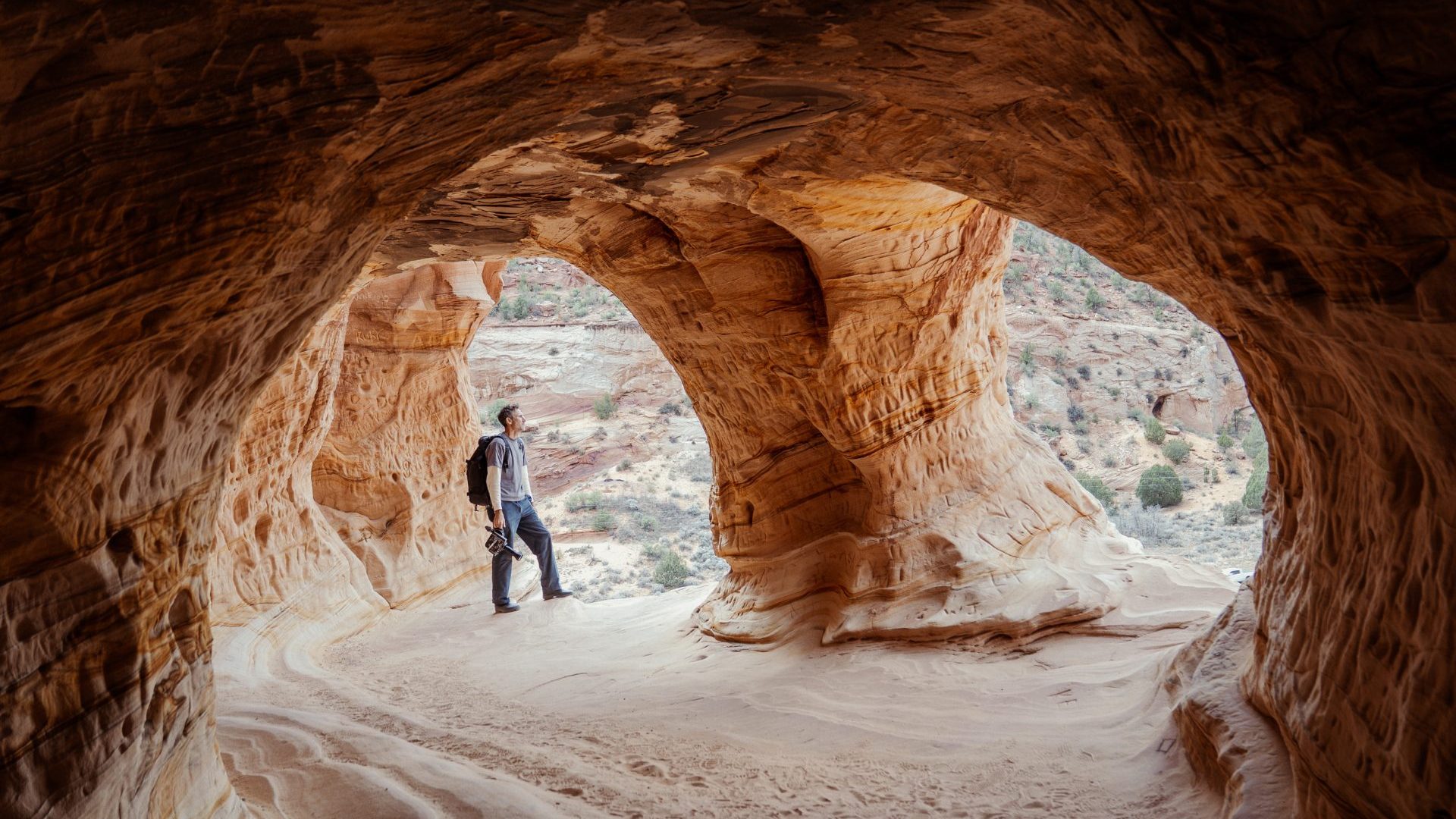
On an all-electric road trip across Utah, Adventure.com managing editor Tayla Gentle goes searching for hyper-local community travel experiences and finds herself learning how to snowshoe, decipher a petroglyph panel and cook a quiche from scratch.

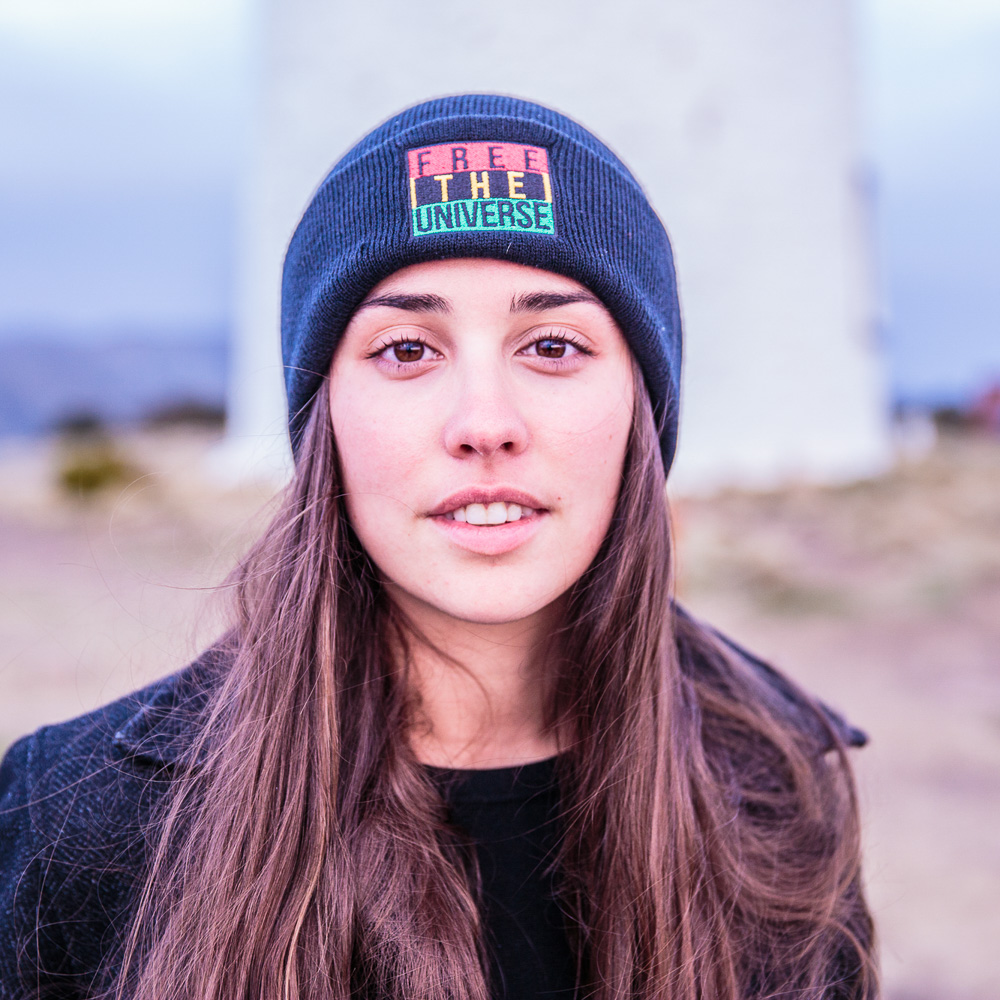
On an all-electric road trip across Utah, Adventure.com managing editor Tayla Gentle goes searching for hyper-local community travel experiences and finds herself learning how to snowshoe, decipher a petroglyph panel and cook a quiche from scratch.
I’ve done many things in my life, but this is the first time I’ve walked through a portal leading to the spiritual center of the earth.
The towering portal is incongruent with the sprawling desert prairie all around; the flat, flat earth stamped with sage brush and dancing with hazy heat. It juts from the ground, a 600-foot (183-meter) sandstone monolith interrupting the otherwise tedious horizon, and straight down its center, an ancient path bisects the rock.
Over the course of millennia, water and wind have slowly etched the path, known as the Parowan Gap, creating a slot now wide enough for a two-lane road. For most travelers, the Gap is a relatively obscure pit stop on the drive through south-central Utah. But for the Indigenous Hopi tribe, the gap is sacred—once used by their ancestors as they migrated to Tuuwanasavi (earth center).
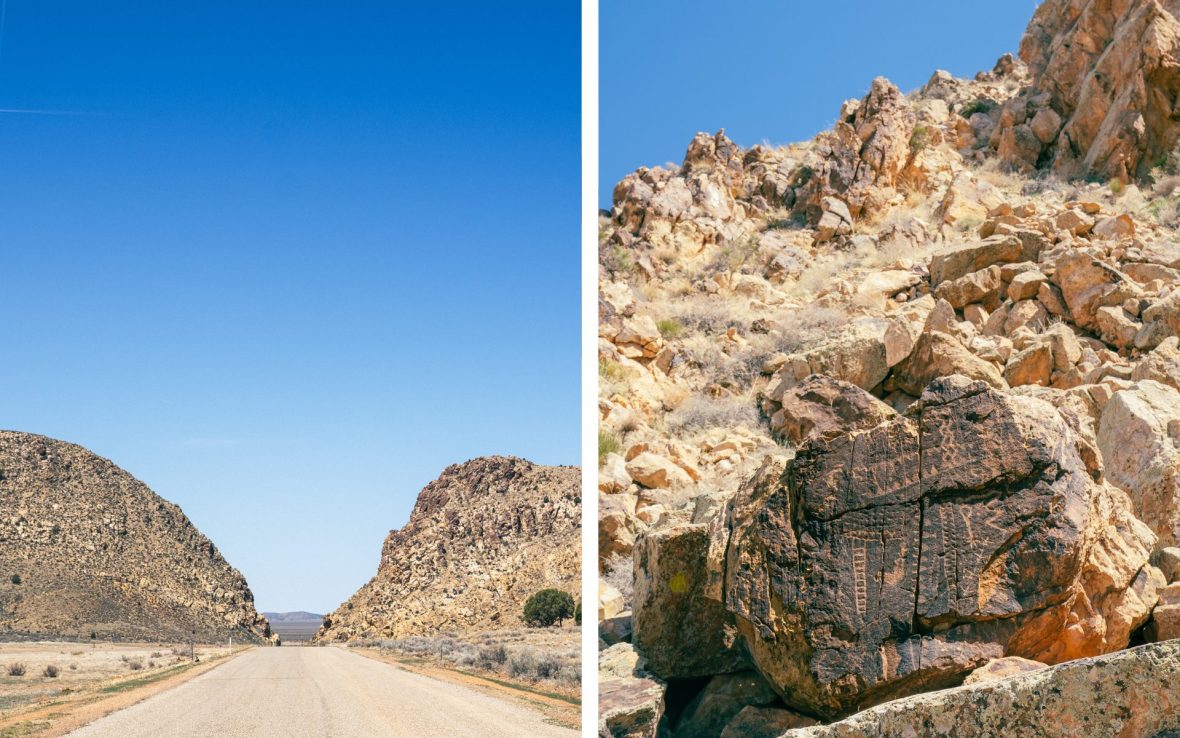
Part of that migration covenant included the instruction to ‘ang kuktota’—‘along there, make footprints’. And all around me—some in shadow, others in sun—are roughly 1,500 of those ‘footprints’; ancient petroglyphs pecked into the black desert varnish like immemorial signposts.
While I may not be on the same spiritual journey as the Hopi ancestors, I’m on a journey no less—from Logan in north Utah, all the way down to Kanab in the southern part of the state. I’m aiming to leave fewer (carbon) footprints though, by driving a Rivian electric vehicle—stopping to re-charge and connect with local communities en route.
“This is the answer—just get outside.” Mark Smoot, outdoor guide and owner of Beaver Creek Lodge, is wearing a beanie covered in orange flames and strapping me into a pair of plastic snowshoes. For those like me, who are new to snowshoeing, just imagine wearing a pair of high-tech tennis racquets. Clunky at first, but vital if you want to step across, rather than sink into, the knee-deep snow.
“Now, my goal in life is to teach the younger generation about the beauty that’s out here. And the importance of not being just takers, but to find ways to give back.”
- Mark Smoot, outdoor guide
We’re in the Bear River Mountain Range, a white expanse flecked with lakes of turquoise and pewter just above Logan in northeastern Utah, 90 minutes above Salt Lake City. Logan itself is a sweet alpine town lined with historic theaters (hauntings included) and sourdough so good the starters could be sold on the underground market. It also serves as the perfect basecamp for exploring the surrounding backcountry.
“I’ll go out like this, alone for a hike, and there’s nothing better,” Smoot says over his shoulder, confidently snowshoeing towards a copse of hunter green pine trees. I follow, clumsily. “It’s healing—both physically and mentally—and you can’t get that in very many settings in this life anymore.”
This is Smoot’s second career. Before becoming a mountain guide, he was an oil and gas man; a professional about-face that makes me like him even more. “Now, my goal in life is to teach the younger generation about the beauty that’s out here,” he says. “And the importance of not being just takers, but to find ways to give back.” He does this by leading youth groups out into the wilderness on excursions just like this.
I’ll admit, seeing this part of Utah on snowshoes—once I’ve found my stride—is certainly calming. The air out here is scented with crisp conifer; my eyes track the winding Bear River as it flows all the way to the Great Salt Lake. I can see why Smoot loves this land, and I’m glad this land has such a passionate advocate in a gas-man-turned-guide like Smoot.
Do: Eat at Angie’s, a locally owned and locally loved diner.
Donate: The Nature Conservancy, who are striving to protect areas like Bear River.
Despite having seen The Book of Mormon musical three times, my knowledge of Salt Lake City is, admittedly, lacking. Skewed, even. I didn’t know Mark Twain once met Brigham Young, the second president of the Church of Jesus Christ of Latter-day Saints; and I had no clue about the city’s thriving, super-local food scene.
“Oh yeah, our food scene is very underattended,” chef Ray Muccillo says, offering me a hunk of cheddar cheese, made “cow-to-cave”—as Muccillo calls it—at a nearby farm and flavored with butter and duck fat. “We’re trying here to make food that’s high quality, that helps support the farms and that’s also good for the environment.” Because, as it turns out, Utah has a lot of farms. More than 18,000 of them.
“When people visit, they’re often interested in religious history or checking out our national parks, but what they don’t recognize is there’s a really good, growing gastronomy scene,” Muccillo tells me.
Muccillo is an ex-philosophy professor turned chef who also moonlights as a culinary walking tour guide. So far today, we’ve tried a specialty sausage at Caputo’s market deli; drank a port wine milkshake at Muccillo’s place, The Tasting Room; and eaten a plate of perfectly sautéed mushrooms at The Copper Onion. The common thread? All of these establishments use local suppliers and local ingredients.
If Salt Lake City’s food scene is underattended, Capitol Reef National Park—our next stop—is underrated. Outside of Utah, no Americans seem to have heard of it.
But where did this foodie scene come from? Mucillo attributes some of it to the influence of Mormonism, with its foundational beliefs rooted in self-sustainability, self-sufficiency and working as a community. But the agricultural industry in the state is also thriving, so a connection to the food source is closer to home here, literally. “I think that’s encouraged a lot of Utahns to develop an interest in foodie culture… We have restaurants here that deserve Michelin stars.”
Table X is one of those restaurants. With a kitchen garden out the back, and a parking lot lined with fruit trees, its seven-course tasting menu is a farm-to-table feat. And feast. From the lamb shoulder topped with stinging nettle cream to the delicate trout poached in a brown butter nage (French broth), I can’t choose a favorite. But I do know Salt Lake City has just become one of my favorite food scenes.
Do: Pick up a local charcuterie board and head out to Antelope Island State Park.
Donate: New Roots help refugees in Salt Lake City feed themselves through small-scale urban farms and community gardens.
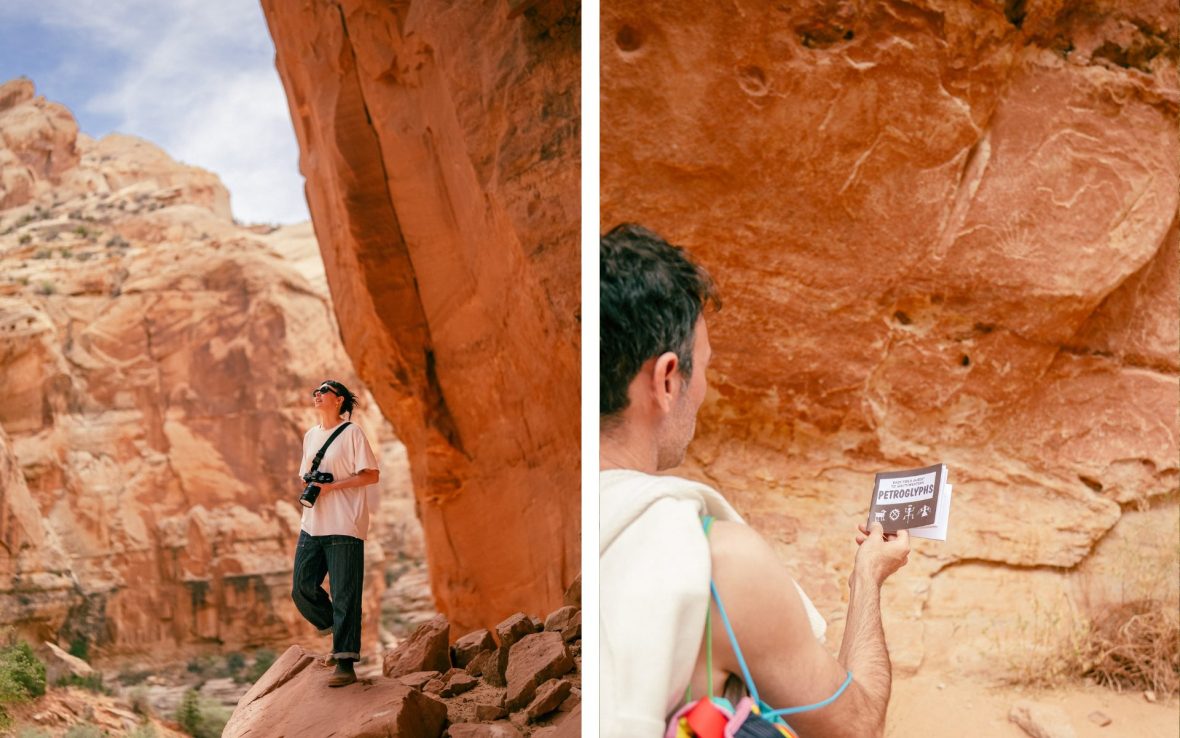
If Salt Lake City’s food scene is underattended, Capitol Reef National Park—our next stop—is underrated. Outside of Utah, no Americans seem to have heard of it.
Situated in the south-central desert, in the heart of red rock country, Capitol Reef National Park protects a 100-mile (160-kilometer) wrinkle in the earth, known as the Waterpocket Fold, which gives the park its landscape of epic canyons, immense cliff faces, and sandstone domes.
Then there’s the wildlife. From prowling mountain lions and bighorn sheep to golden eagles, the park is alive with local inhabitants. But as impressive as the vistas might be—and as exciting as it is to spot a beaver—the lesser-known drawcard is the 2,500 ancient rock art sites scattered throughout the park.
Made by the ancient Hitsatsinom (People of Long Ago), also referred to as the Fremont Culture, these desert people lived in the area between 300 and 1300 AD. They resided in cool pit houses, made moccasins out of deer hide, and were prolific artists—both of painted pictographs and etched petroglyphs.
Today, I’m searching for a petroglyph panel that dates back over a thousand years. It’s baking as we hike one of the many canyon beds, kicking up sand as we scour the area for markings. I stop in the shade of a sandstone cliff, a vulture circling overhead, and try to imagine the Hitsatsinom here, walking in their moccasins down this very trail.
Despite our vigilance, there are no signs of petroglyphs, so as the sun tracks higher, we decide to turn around. And it’s only then that we spot the bighorn sheep carved into a wall about 10 feet (three meters) off the ground. Beside that, we spy the anthropomorphic figures, followed by the spiraling symbols. We had missed the entire panel.
“Our biggest piece here is just educating people on where their food comes from… My big vision is I’d love for Utah to feed itself. Even if it’s not all organic, could the meat and dairy in the stores at least be made in Utah?”
- Sara Patterson, founder Red Acre CSA Farm
“It’s just old graffiti,” a passing middle-aged hiker says to his wife. Sure, we’ll never know what these symbols truly mean or exactly whose hands held the stone tool, but they’re definitely not graffiti. Panels like these are sacred, they’re works of literal art, they’re priceless. And they’re free for anyone to see, if you look closely enough at Capitol Reef’s red canyon walls.
Do: Drive the incredible Scenic Byway 12 to Boulder
Donate: National Park Foundation, working to protect America’s National Parks for present and future generations
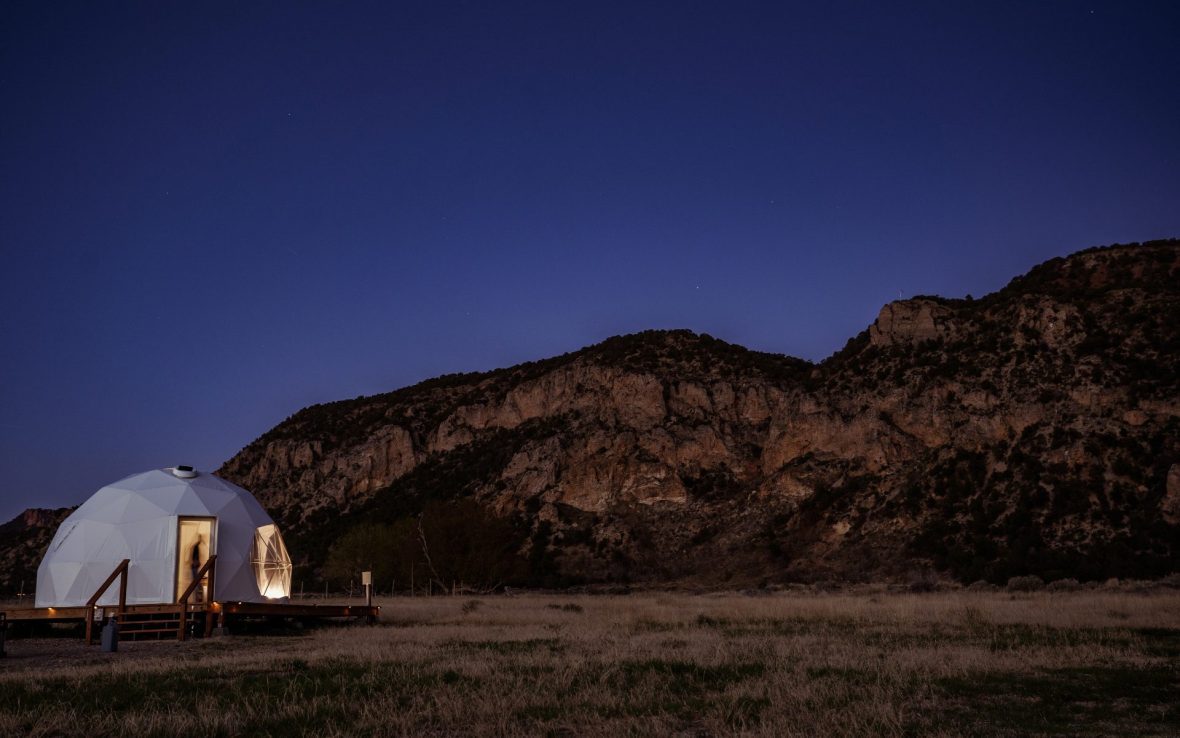
Over the honk of two very loud geese, Sara Patterson tells me she started the Red Acre CSA Farm when she was just 14 years old. CSA stands for ‘community-supported agriculture’, and for Red Acre, that means roughly 40 local ‘shareholder’ families have bought a year’s worth of produce, which they pick up weekly—and sometimes even pick, literally—from the two-acre farm.
Everyone brings their own baskets and milk jugs, and there’s no cap on how much produce any one family can take home. “Everyone’s gotta eat,” she tells me, pulling handfuls of green and purple lettuce leaves from the ground. “Being sustainable from the farm to the table is just so important… we’ve tried to design the farm so that it is friendly to the wider community.”
Cedar City is roughly three hours from Capitol Reef, and while it’s technically a city—with a Shakespeare festival and everything—the town retains a lot of its country charm.
“I call us an ‘urban farm’ now,” says Patterson as we walk, baskets laden with eggs and green onions, past the llamas and bleating goats to the white farm house, which is her home. It’s also my guesthouse for the night, and the site of Patterson’s cooking lessons, all in one. “Our biggest piece here is just educating people on where their food comes from… My big vision is I’d love for Utah to feed itself. Even if it’s not all organic, could the meat and dairy in the stores at least be made in Utah?”
She’s whisking—not beating—eggs for our quiche at this point. Next, she’s using her favorite rolling pin to demonstrate how to form the pastry. My job is to grate the cheese, a lot of cheese. I like this recipe already.
“Food is the be-all and the end-all,” she declares 40 minutes later, pulling a ridiculously perfect quiche from the oven. “I just really love knowing that we’re feeding people, sometimes it feels like I’m playing house—but I can see the community results of what we’re doing.”
Unsurprisingly, the quiche tastes just as good as it looks.
Do: Stay in one of the glamping domes at the Little Village Retreat
Donate: To the Care & Share food pantry and emergency shelter
As he turns dials and adjusts viewfinders, Slaton somehow makes the infinite comprehensible, without sacrificing any of the magic of the cosmos.
I’ve just been told that I would qualify to be an archer in the Roman army. The qualification is based solely upon being able to see a certain twinkling star set without needing glasses or a telescope, but I’m unreasonably proud nonetheless.
It also helps that Kanab—the quirky gateway town to both Bryce Canyon and Zion National Parks—is home to some of the darkest skies in Utah. And that’s saying something, as Utah has more certified Dark Sky parks than anywhere else in the world.
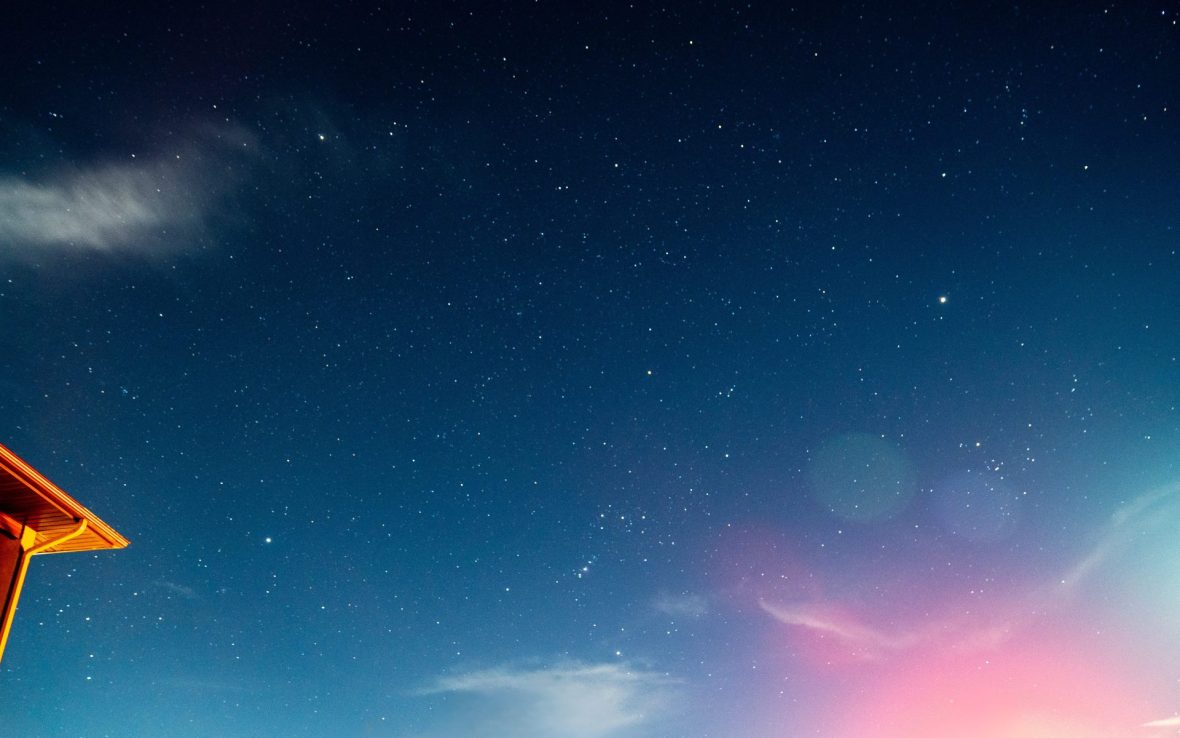
Already today I’ve climbed into sand caves, run down coral pink sand dunes, and volunteered to scratch several huge foster pigs. But learning how to spot the celestial Beehive Cluster from atop a hill in the Beehive State is taking the Kanab cake for me.
As the skies darken and the night explodes with nebulae, our astro guide Kyle Slaton uses his telescope to point out the star Betelgeuse, Jupiter’s moons and the Orion the Hunter constellation. “The southern Utah skies really are incredible,” he says, almost with a sigh.
Slaton moved from California to Las Vegas before settling in Kanab to pursue astronomy, where he volunteers for the local Stellar Vista Observatory. As he turns dials and adjusts viewfinders, he somehow makes the infinite comprehensible, without sacrificing any of the magic of the cosmos. “We’re all made of star stuff,” Slaton says, quoting American astronomer and scientist Carl Sagan.
And it reminds me of another Sagan quote: “For small creatures such as we, the vastness of the universe is made bearable only through love.” It makes me think of snowshoeing Mark Smoot, chef Ray Mucillo and farmer Sara Patterson; all these Utahns who are working to bring people together, inspire joy, and make positive, loving change in their respective communities.
And while I don’t think I quite made it to the spiritual center of the earth on this trip through Utah, it certainly feels like I’ve stepped through a portal.
Do: Volunteer or tour the Best Friends Animal Sanctuary, the largest no-kill shelter in the USA.
Donate: Stellar Vista Observatory and help them build a permanent local observatory.
Learn more about other-worldly adventures at Visit Utah.
****
A note on partnership content:
Adventure.com acknowledges the complexity and challenges of travel in the context of our global climate crisis. This article is part of Adventure.com’s paid partnerships program, which enables us to continue publishing stories about a more regenerative and sustainable future of travel by helping to make out platform commercially viable. Adventure.com only partners with brands and products that align with our ethical and editorial standards, and our vision for a future of travel built around lower emissions, deeper connection and more resilient communities.


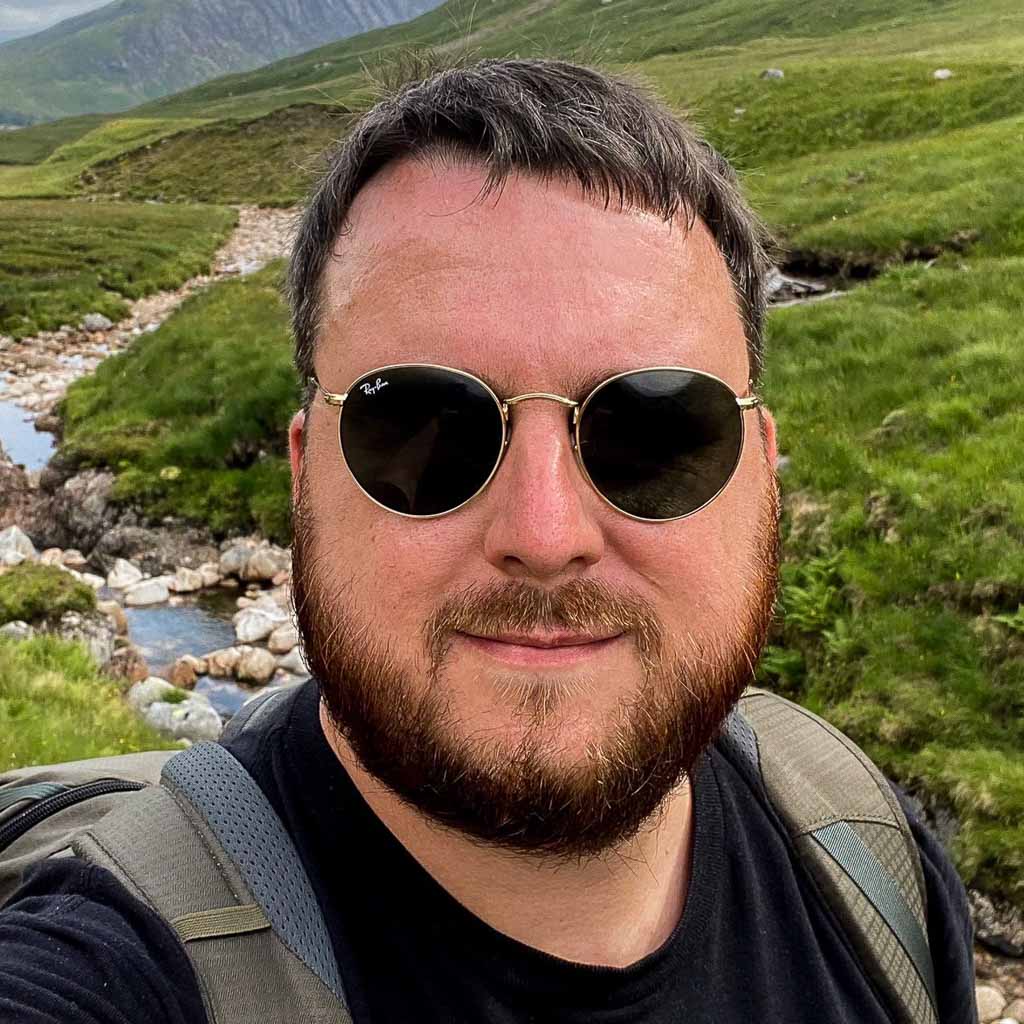



Can't find what you're looking for? Try using these tags: